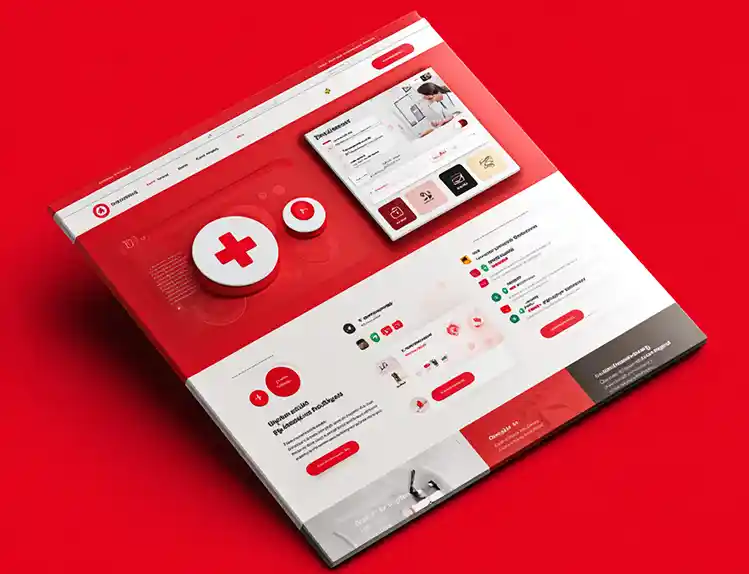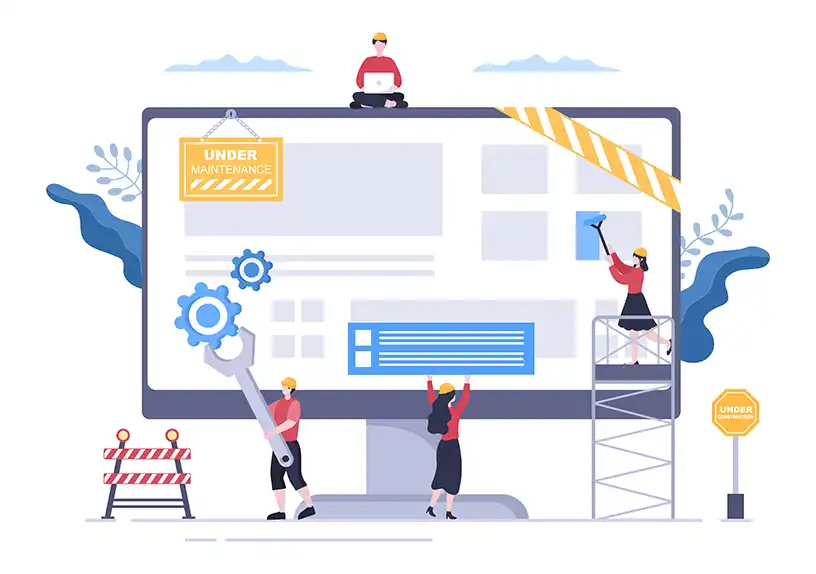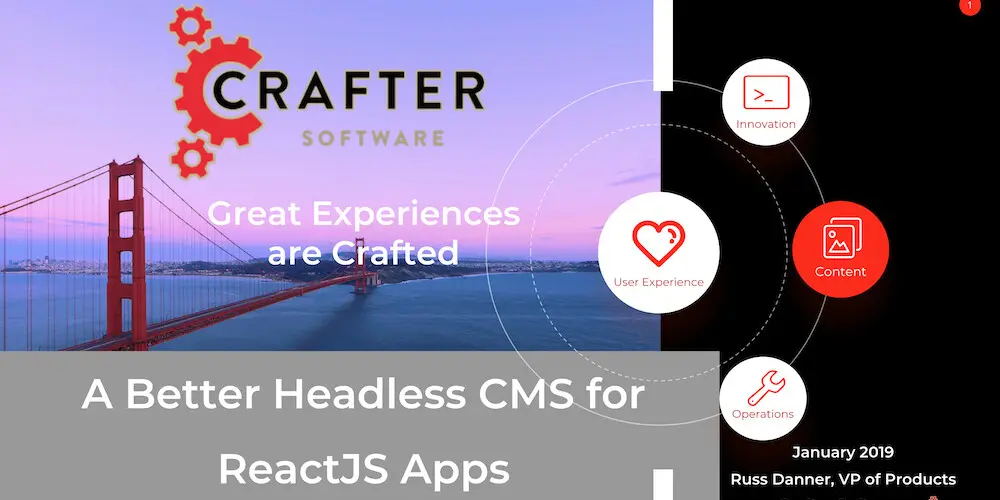Trunk-based Development: Everything You Need to Know

Sara Williams

The luxury of modern version control systems wasn’t available to programmers in the early days of software development. Instead, they simultaneously created two versions of their program to log changes and roll them back as necessary. This procedure was time-consuming, expensive, and ineffective over time.
Nowadays, software engineers develop codebase versions in Git known as branches to prevent overriding each other’s changes or ruining the main version with buggy code. The master copy is frequently referred to as the mainline or the trunk, using a tree as an analogy. Merging is adding a person’s copy’s modifications to the primary master trunk.
In this article, we’ll dive into the approach known as trunk-based development, highlighting its benefits and use cases. We’ll also show how a Git-based CMS can help organizations derive even more value when building content-enabled software applications such as dynamic websites, intranets, customer portals, e-commerce experiences and other such web apps and web-based products.
What Is Trunk-Based Development?
Trunk-based development is a strategy in version control management where developers combine minor, regular changes to a significant branch or “trunk” at its core. It facilitates CI/CD and improves organizational performance by streamlining the merging and integration phases.
All software is written in one central source tree in this approach. This source tree is then compiled and linked to produce executable program applications in one place, known as the trunk. It’s similar to the traditional waterfall model, but you don’t need to create a separate phase for each step. Instead, you can begin developing your application at any point in time and move forward from there.
Trunk-based development:
- Allows you to get your work done faster because it doesn’t require switching between programming languages or environments.
- Allows you to use a single source code repository for all of your projects instead of having multiple warehouses for different applications.
- Helps reduce coordination among team members because they don’t have to constantly coordinate when they want to work on other parts of their project.
Benefits of Trunk-based Development
Trunk-based development has several benefits. Here are some of them.
True Continuous Integration
Continuous Integration (CI) is the practice of automating software build and testing processes. CI lets developers integrate their code into a shared repository every time they change it, enabling them to detect problems early in the development cycle and fix them before going live. This way, it saves time by letting you use what you already have. You don’t need to create another automated build environment from scratch just because you need to run some tests.
Small Changes
In trunk-based development, you have a single commit for every change. This allows for more frequent merges, leading to more frequent testing, which means better quality and fewer bugs in your product. Also, Trunk-based development allows for easy integration with other systems because each component in the trunk can be used as a unit test target.
Branch by Abstraction
When you’re in the habit of branching off the trunk, you can quickly develop and test new features without worrying about breaking something important. This is especially true when you have a single branch containing multiple elements. And because each component is split into a separate branch, changing it won’t affect any other part of your system if one feature doesn’t work the way you want it to.
Feature Flags
Feature flags allow you to temporarily disable a feature or functionality until the feature is ready for public release. For example, you can use this feature flagging system if you have multiple bugs in your codebase that need to be fixed before releasing a new version. Feature flags also come in handy when debugging problems during development. Instead of manually disabling each bug, you can enable or disable all of them at once with a single click.
Few Merge Conflicts
Merge conflicts are usually the result of two developers working on the same code simultaneously. In trunk-based development, you can avoid merge conflicts by keeping your trunk as clean as possible.
If you’re working on a feature branch, you should only merge changes from the trunk when you’re ready to test and deploy them.
Trunk-based Development Use Cases
The Simplicity of Merging Changes
Trunk-based development is the best practice for developing features, with the added benefit of having all your code in one place. This makes it easy to see what’s changed and what hasn’t. You can easily see what new features have been added and removed and which changes have been made to the existing codebase.
CI/CD Development
Trunk-based development and CI/CD are closely aligned. Therefore, choosing it over Git branching strategies is more logical if you wish to adhere to the CI/CD development process. When using the trunk-based development method, your team will always put CI at the forefront of its efforts and attention because of this close alignment.
Use By Experienced Teams
Trunk-based development ensures that everyone in your team has regular access to the main branch, ensuring that any faults are immediately apparent to everyone. While trunk-based development requires daily code uploads, other Git branching schemes allow developers to operate on their branches for extended periods. Using different Git branching techniques may make it simpler for you to examine the code in each branch and identify mistakes made by unskilled programmers.
Implementing Small Changes
The Trunk-based development model is suitable for implementing small changes in your web apps, websites and/or web-based products that don’t require extensive rewrites or substantial refactoring of existing code. If you have a feature that needs to be added or changed but doesn’t require a complete rewrite, this is an excellent way to get started with Agile development practices.
CrafterCMS: A Git-based CMS to Enable Agile Development
Enterprises and consumers alike demand innovation and engaging experience. The need to deliver seamless experiences to clients has resulted in the rise of headless, API-first architectures. The content management industry has also moved toward innovation and adopted Git for managing source code and providing modern software development experiences.
Git trunk-based development and headless architecture can be merged to create more innovation in content management via a Git-based CMS like CrafterCMS. With CrafterCMS, organizations can make the most out of a naturally distributed Git repository for content, code and configuration, benefiting from its advanced versioning, speed, adaptability, and security.
Developers use Git in CrafterCMS for advanced workflows, feature branching and more. However, content authors also benefit from Git for multi-file versioning, auditing, DevContentOps and more, without needing to be concerned with how Git or trunk-based development work. Through Crafter Studio, they are provided with a user-friendly content authoring experience that allows them to manage content just as they would in a traditional CMS.
To learn more about CrafterCMS and improving developer workflows, read the White Paper: Five Reasons You Should Use a Git-based CMS.
Related Posts

What Kind of CMS Is CrafterCMS? Headless—Plus Everything You Need to Ship Faster

Amanda Jones

Migrating Your Legacy Database-Backed CMS to a Modern Git-Based CMS

Russ Danner

How a GitHub Outage Affects (or Doesn’t Affect) CrafterCMS

Amanda Jones

Powering Your Customers’ Digital Experiences: Multi-Tenant CMS Use Cases with CrafterCMS

Sara Williams










